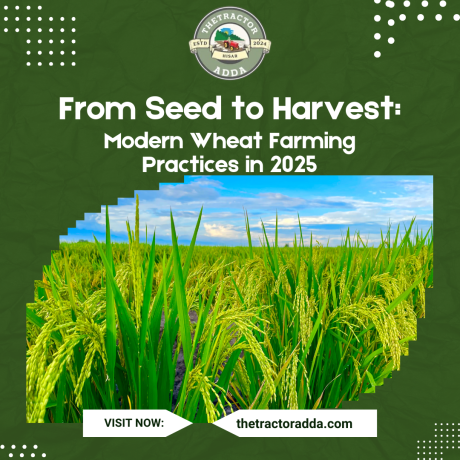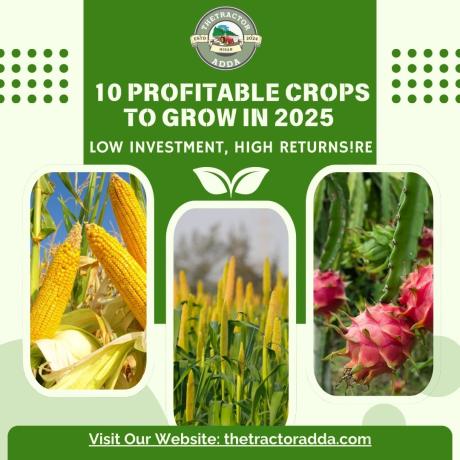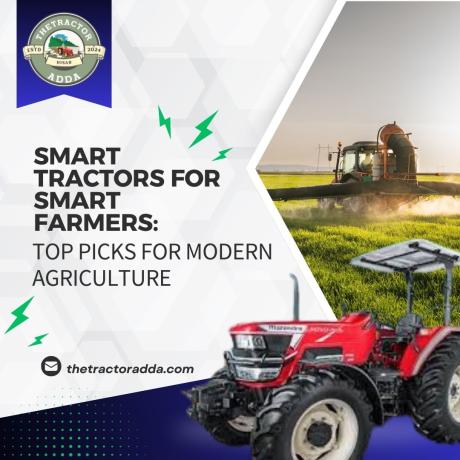From Seed to Harvest: Modern Wheat Farming Practices in 2025

Blog Description
Wheat is not just a staple food crop in India—it’s the backbone of food security and rural economy. But as weather patterns shift and market demands rise, traditional farming methods are no longer enough.
In 2025, wheat farmers are turning to smart farming tools, advanced seeds, and precision techniques to stay competitive, improve yield, and reduce costs.
This blog will take you through the entire wheat cultivation journey—from sowing to harvesting—using modern, tech-enabled practices that every progressive Indian farmer should know.
Step-by-Step: Modern Wheat Farming in 2025
1. Land Preparation with Precision
Gone are the days of guesswork. Farmers now use GPS-enabled tractors and rotavators to prepare their fields with:
- Uniform leveling using laser levellers
- Minimal tillage to preserve soil moisture
- Soil health mapping with sensor-based tools
Benefits: Less fuel, less labor, more uniform seed placement.
2. Seed Selection and Sowing
In 2025, choosing the right wheat variety is a science. Farmers now opt for:
- Climate-specific, disease-resistant wheat seeds
- Certified seeds for high yield and quality grain
For sowing, seed drills with depth and spacing control are widely used. Some even come with GPS tracking to ensure precise sowing.
Popular Wheat Varieties in 2025:
- HD-3086 (early maturity)
- PBW 826 (disease resistance)
- DBW-303 (high protein content)
3. Smart Irrigation Management
Over-irrigation wastes water and lowers yield. In 2025, farmers use:
- Drip and sprinkler irrigation systems
- Soil moisture sensors
- Mobile apps to plan irrigation based on crop needs and weather forecasts
This ensures just the right amount of water, right when the crop needs it.
4. Fertilization and Nutrient Management
Balanced nutrition is key to higher yields. Farmers now rely on:
- Soil test-based fertilizer planning
- Integrated nutrient management (using both organic and inorganic sources)
- Fertilizer applicators attached to tractors for uniform distribution
Smart tip: Many farmers are using drone-based nutrient spraying for large fields.
5. Weed, Pest, and Disease Control
In modern wheat farming, crop protection is proactive:
- Herbicide-tolerant wheat varieties reduce weeding labor
- Drones for aerial pesticide application
- AI-powered mobile apps to detect early signs of rust, blight, or aphids
Farmers now treat problems before they spread, saving both time and money.
6. Harvesting with Advanced Machinery
Timely harvesting is crucial for quality grain. In 2025, modern wheat harvesting uses:
- Self-propelled combine harvesters
- Straw management systems to handle residue
- Moisture sensors to ensure harvesting at the right time
These machines help farmers harvest more acres per day with less manpower.
Bonus: Post-Harvest Handling and Storage
Once harvested, wheat is cleaned, graded, and stored using:
- Grain cleaning machines
- Automated packaging units
- Metallic silos with humidity control systems
Proper post-harvest care in 2025 means less spoilage and better market prices.
The Role of Technology and Government Support
Farmers in 2025 also benefit from:
- Kisan drones for monitoring and spraying
- Subsidies on farm machinery via PM-KISAN and SMAM schemes
- Krishi Vigyan Kendras (KVKs) offering training on modern practices
- Tractor telematics and IoT for real-time field data
These tools and policies make it easier to adopt smart farming at every stage
Explore tractors, tools, and tips that transform farming—only on TheTractorAdda.com


